First a little bit of context:
In my package summarytools, I've defined a print method for objects of classs "summarytools". I have also created a function view() that handles objects created using by() or lapply() in such a way that the output doesn't include the lines stating the group -- or the variable in the case of lapply(); summarytools displays its own headings containing that information, so there is some redundancy when using print. Also, the main headings are not repeated when using view().
Here's an example. Note that in this version (in development), I included a message advising the use of view():
> library(summarytools)
> (tmp <- with(tobacco, by(smoker, gender, freq)))
gender: F
For best results printing list objects with summarytools, use view(x, method = 'pander')
Frequencies
tobacco$smoker
Type: Factor
Group: gender = M
Freq % Valid % Valid Cum. % Total % Total Cum.
----------- ------ --------- -------------- --------- --------------
Yes 147 30.06 30.06 30.06 30.06
No 342 69.94 100.00 69.94 100.00
<NA> 0 0.00 100.00
Total 489 100.00 100.00 100.00 100.00
------------------------------------------------------------------
gender: M
Frequencies
tobacco$smoker
Type: Factor
Group: gender = F
Freq % Valid % Valid Cum. % Total % Total Cum.
----------- ------ --------- -------------- --------- --------------
Yes 143 29.24 29.24 29.24 29.24
No 346 70.76 100.00 70.76 100.00
<NA> 0 0.00 100.00
Total 489 100.00 100.00 100.00 100.00
And now using view():
> view(tmp, method = "pander")
Frequencies
tobacco$smoker
Type: Factor
Group: gender = M
Freq % Valid % Valid Cum. % Total % Total Cum.
----------- ------ --------- -------------- --------- --------------
Yes 147 30.06 30.06 30.06 30.06
No 342 69.94 100.00 69.94 100.00
<NA> 0 0.00 100.00
Total 489 100.00 100.00 100.00 100.00
Group: gender = F
Freq % Valid % Valid Cum. % Total % Total Cum.
----------- ------ --------- -------------- --------- --------------
Yes 143 29.24 29.24 29.24 29.24
No 346 70.76 100.00 70.76 100.00
<NA> 0 0.00 100.00
Total 489 100.00 100.00 100.00 100.00
I've thought about ways through which the objects of class "by" would automatically be dispatched to view() instead of print(). If I add the class "summarytools" to those objects, the print() method could redirect the call to view(), making it simpler for users to get proper, optimal outputs.
The solutions I've thought of, so far, are the following:
- Adding a "by" argument to the functions so that I have full control on the created objects' proporties. I'm not fond of this solution, since 1) I try to rely on base R functions that people are familiar with rather than introducing new parameters, and 2) I'd still have a similar issue when objects are created with
lapply(). - Redefining
by()so that when it's called from one of summarytools' functions, it appends the desired class to the created objects. I've avoided this because I'm hesitant to redefine base functions. I'd rather not see messages to the effect that objects have been masked when the package is loaded. - Defining a package-specific
by(), such asby_st(); I could use basically the same code asby.default()andby.data.frame(), the only difference being that I'd add the "summarytools" class to the created objects. This is a sort of compromise that I'm considering.
My question is the following: could there be other, maybe better solutions I'm not seeing?
